Widespread research on autism has been done in the past. More is being administered even as we speak, and countless numbers of studies and papers will be published as we seek to follow this complex condition. The visual design seems to be recommended by many these days.
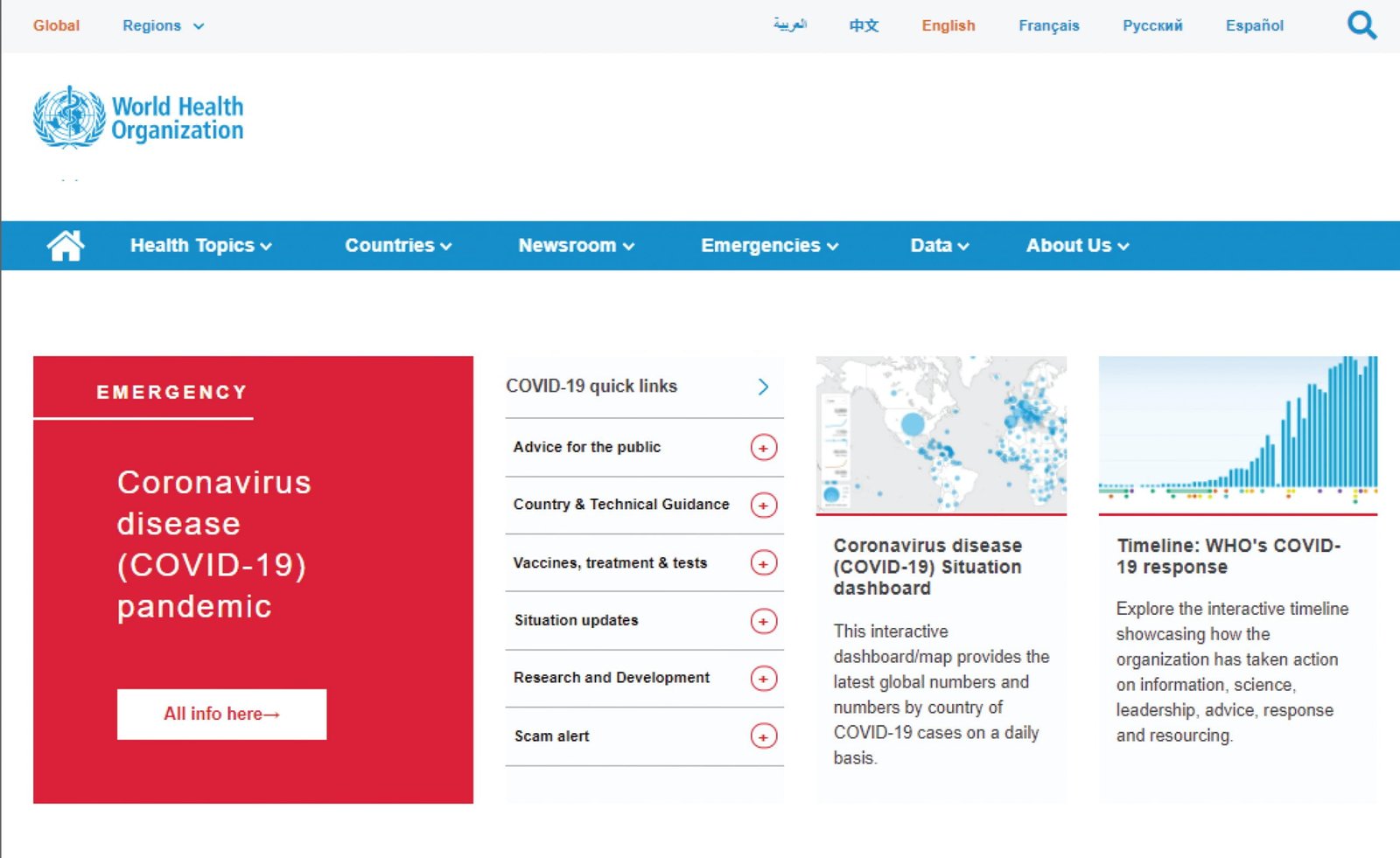
Autism is one of the fastest-growing ailments. According to the World Health Organization, one in every 160 children suffers from autism spectrum disorder. These disorders differ widely in the measure in which they impact the diagnosed; some can grow up to live self-sufficient lives, while others may require attention and additional support during their lifetime.
There is a spectrum of disorders, phases, traits, and symptoms that might be foreseen or felt. There is no certainty that one child with autism will see equivalent outcomes as any other child with autism with help.
Despite where a child falls on the spectrum, each needs to be given care, assistance, and reassurance in the most efficient way. Autism influences all of those associated with the suffering child, particularly those who have more of a part to play.
Why Visual Design?

The Accredited Social Health Activist (ASHA) proposes that those on the autistic spectrum are excellent candidates for alternative and augmentative communication systems to empower them to deliver their feelings fully or act as their primary communication method. Among the alternative approaches suggested are voice output aids, manual signs, and graphic representations.
If graphical representations are a viable way of communicating more productively with children on the spectrum and sharing in return, this perspective deserves more study and research.
What can visual design do?
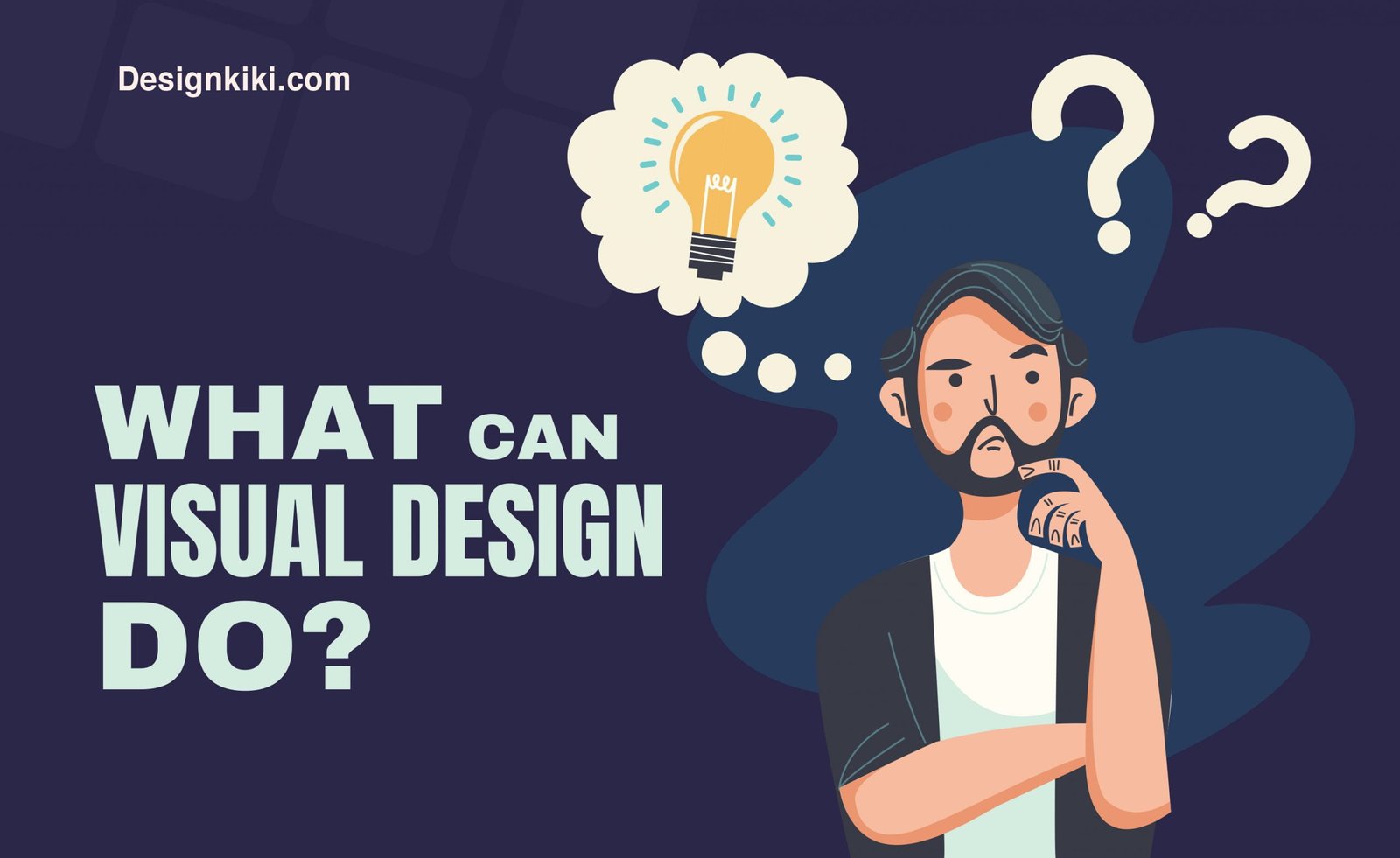
Children delight in various colors, textures, sizes, patterns, and fonts while learning, reading, and playing. There’s a reason why books and toys, notably for younger children, are made in primary colors. Colors draw the child, retain their attention, and help keep it long enough to accomplish a task.
The other ingredients used, images, graphics, spacing, and typefaces and fonts, all work into the messages transmitted through visual design. Before a child learns to read fluently, imagery is principally necessary.
For those with autism, this may never cease to be the fundamental way of learning and communication. Although this is not the only way through, it is a significant one nonetheless.
However, there is a note of caution when contemplating designs for children with autism, indifferent of how good your intentions are. Here are a few things you should know.
Using Color
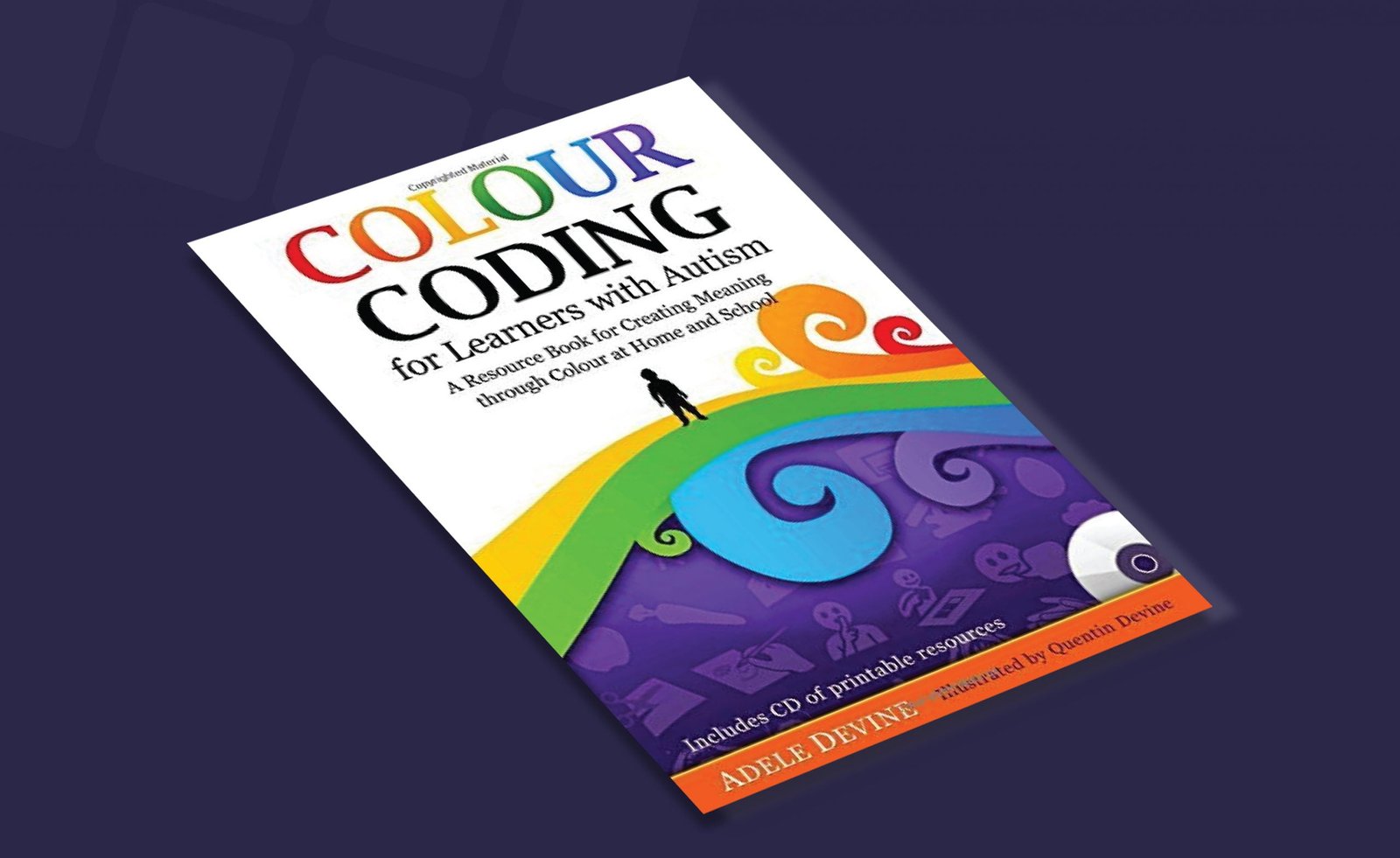
Like with the typically trusted color psychology, picking colors for autistic learners can trigger the wanted effect. The book “Colour Coding For Learners With Autism” explains how color coding can help a designer create interest for autistic children, to assist with communication while also minimizing anxiety.
Yellow is often considered to trigger a friendly, warm feeling, but it results in sensory overload for autistic students. Nevertheless, neutral, muted, and soft colors can trigger positive emotions, assisting the child in avoiding the overstimulation that comes from overtly bright color palettes.
The choice of colors may be adapted to engage with neurodiverse students and give them a pleasant and supportive environment to learn. Though this may seem limited in reach initially, remember that color is everywhere, so employing it effectively in various life aspects is endless.
Using Images

Photos and images that are uncomplicated, not overly colorful, and easy to identify with the focal point work best to help autistic children learn.
They can serve an autistic child to see in a way that isn’t likely from just listening or reading.
Simple images help secure the text they follow and break it up so that it is easier to process and remember. Even if the child does not wholly follow the image shown, the visuals will still help them form memories, serving as a memory trigger.
Too many images or visuals that are too complex will confuse an autistic child. And superimposing related text over the picture can make both elements more difficult to surmise. However simplistic images applied appropriately and at the right time can certainly help a learner with autism.
To sum up
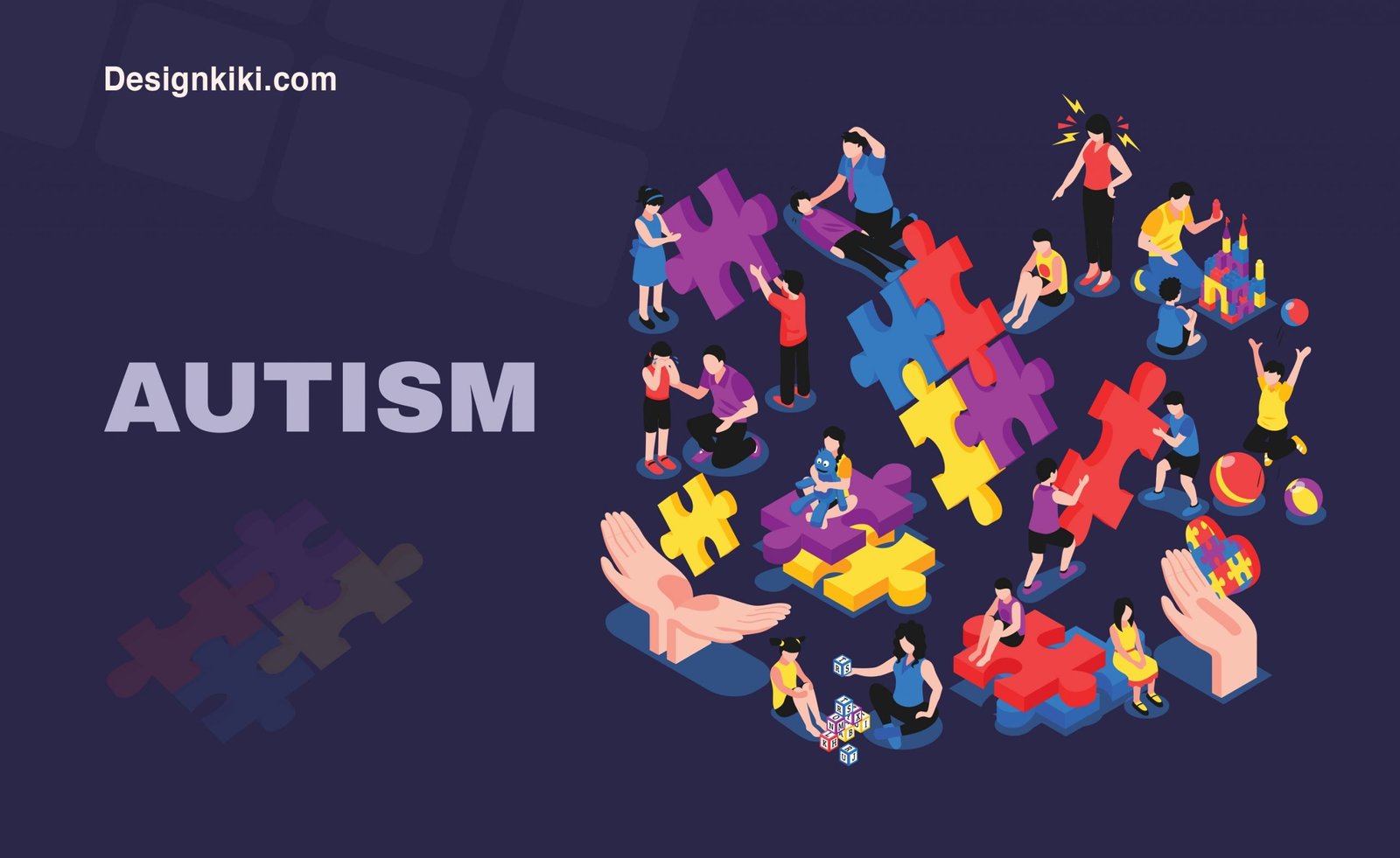
Though the investigation is continuous, and there is so much to be learned about the autism spectrum, there is always a cause for positivity. Suppose particular systems such as intelligent and focused visual design can better stimulate and uplift children with autism. In that case, there will always be those who are willing to think outside the box and experiment until they find what works.


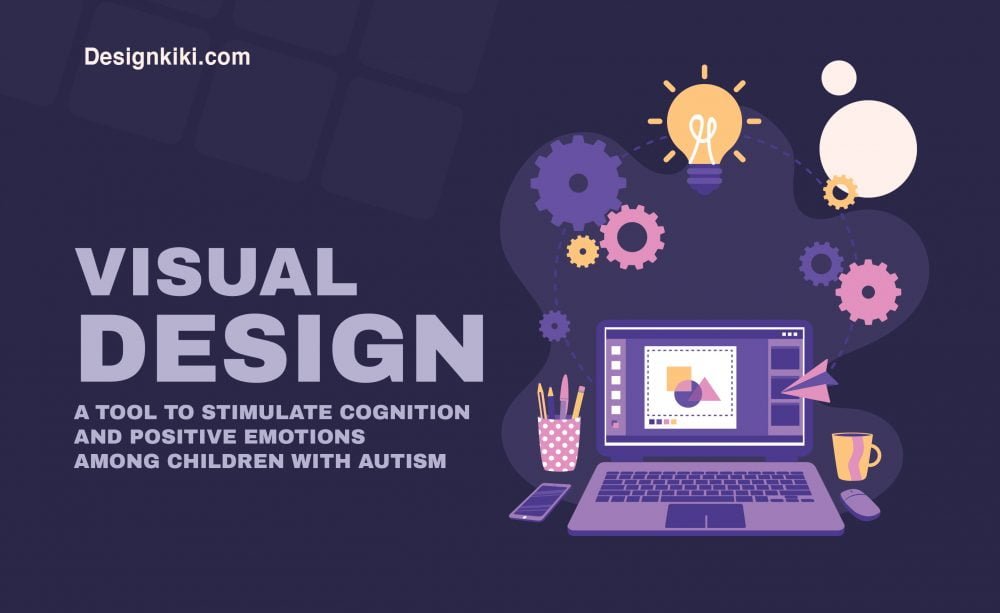


I always emailed this blog post page to all my friends,as if like to read it after that my links will too.
I like this site so much, saved to bookmarks. “I don’t care what is written about me so long as it isn’t true.” by Dorothy Parker.